Your Hair Type Is Ruining Your Style—Here’s How to Fix It
Understanding your hair pattern is essential for choosing the right hair care routine and products. People have four main hair types that display specific features which define their natural characteristics. Straight hair (Type 1) is the least textured, lying flat on the scalp. Whats my hair type It is allowing natural oils to easily travel from the scalp to the ends. It giving it a naturally glossy shine. On the other hand, wavy hair (Type 2) forms an “S” shape. This shape is thicker than straight hair, offering a slight texture and shape. This type tends to be less oily than straight hair, making it an easy-to-manage option for many.
If you have curly hair (Type 3), you’ll notice distinct spiral curls. The ringlets that are more prone to tangles and breakage. Curly hair doesn’t lie flat, so the oil has a harder time traveling down the strands. It is making it more vulnerable to dryness and frizz. As a result, curly hair often looks fuller and more voluminous than the straighter types. On the opposite end of the spectrum is coily hair (Type 4), commonly found among African Americans. With tightly curled ringlets or zigzags . This type is characterized by a coarse texture and can be quite fragile. It is making it prone to damage and itchy scalps. The tight coils also prevent the natural oils from traveling down the hair, further contributing to dryness.
The key to choosing proper hair maintenance procedures is identifying what category your specific hair type belongs to. Understanding the individual challenges of each hair type lets you develop successful management strategies for your hair needs. Whether it’s finding the right balance of moisture for curly hair or avoiding product buildup for straight hair. Knowing your hair pattern is the first step toward great hair care.
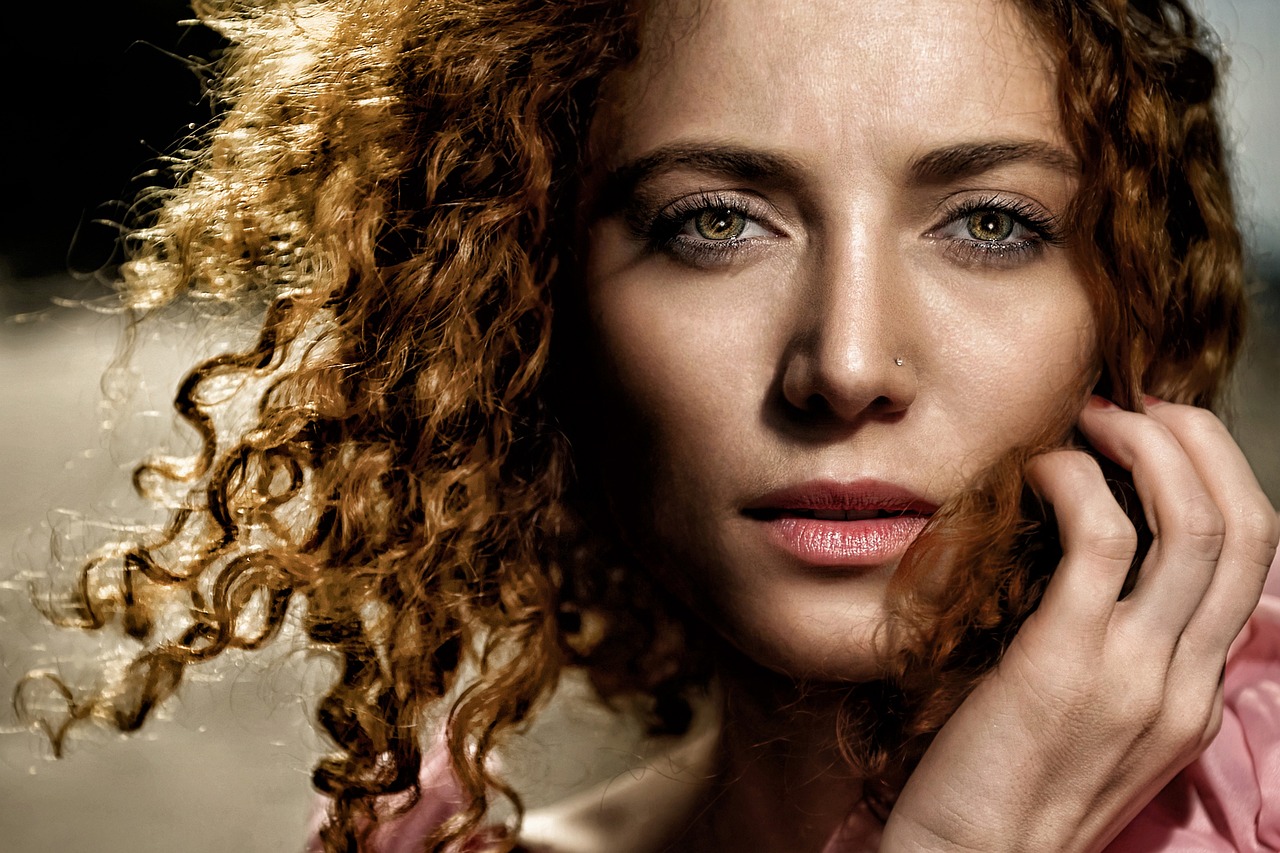
Whats your hair type: Think You Know Your Hair?
whats my hair typeTo figure out your hair pattern, start by letting your hair air-dry without using any product. Keep an eye on what your hair appears like when left to dry by itself. If it dries straight with no noticeable bends or curls, then you have straight hair. If your hair forms springy ringlets, corkscrew curls, or distinct loops, then it’s likely curly. For hair that dries with tight coils or compacted spirals, you have coily hair. Knowing this will help you better understand your unique hair pattern, making it easier to care for your hair accordingly.
The natural drying process without any interventions reveals the texture and shape of your hair.Whats my hair type? You find that your hair might change depending on the product you use or the weather. Observing your hair drying without touching it shows you the true nature of your hair’s shape and texture.
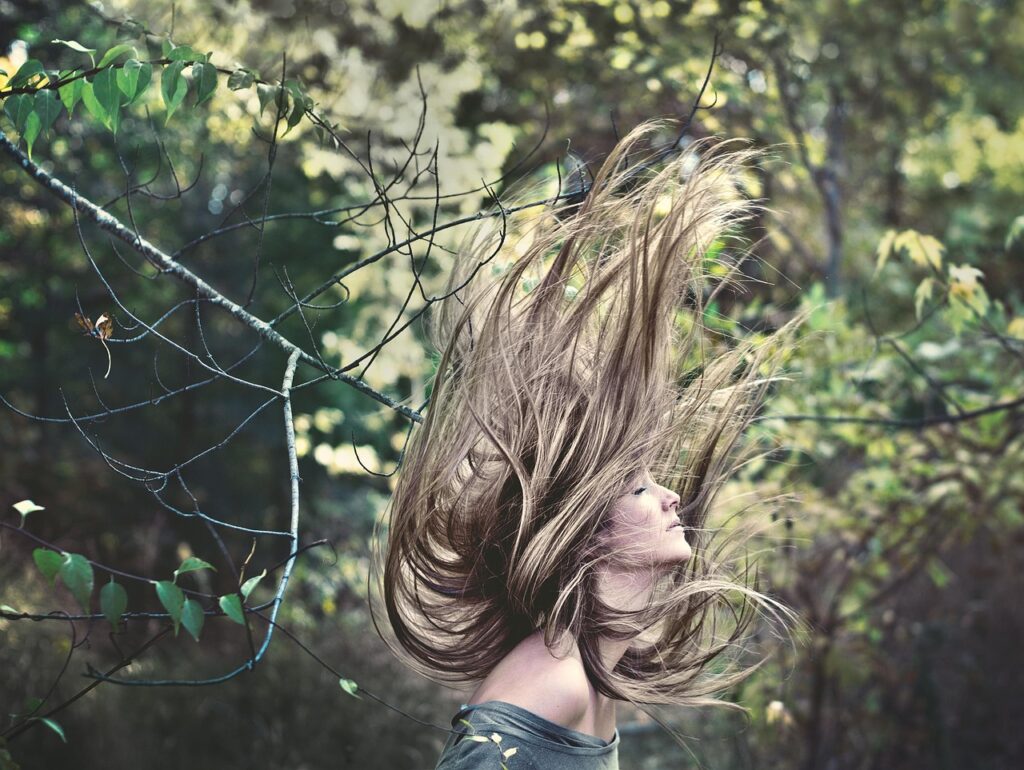
The Shocking Truth About Your Hair Texture: What No One Tells You!
When we talk about hair texture, we’re referring to the thickness of each individual hair strand. This plays a big role in how well your hair holds different hairstyles. Your hair type affects style retention because thin strands become difficult to maintain certain looks. Whereas thick hair makes volume and shape easier. Knowing your hair texture is key to understanding how it reacts to products and styling tools. I learned throughout time my hair’s texture affects styling efforts. It is determining which products maintain certain hair looks better or worse.
Testing your hair thickness will assist you in finding the best hairstyling tools and products. Light volumizing solutions are ideal for thin hair types yet strong hydrating substances work best for dense hair textures. Your natural hair texture needs awareness to obtain optimal outcomes in your hairstyle.
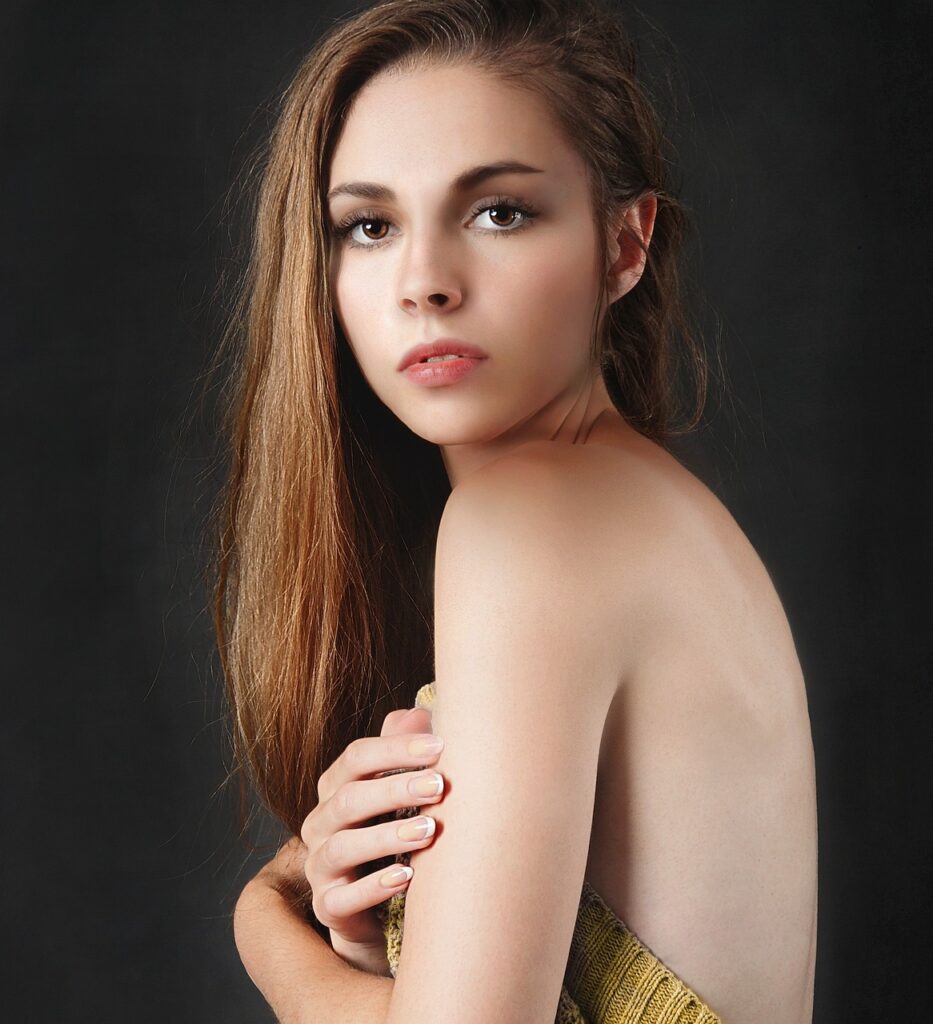
Fine (Type A) Hair
If you have fine hair (Type A), it often looks and feels delicate. Because of this, is difficult for fine hair to hold curls or keep hairstyles. Unlike thicker hair types, fine hair tends to fall flat more easily and lacks volume. I’ve noticed that when I try to style my fine hair, it’s harder to get the curls to last
For those with fine hair, it’s important to choose products that add texture and grip. It is helping to maintain your desired style throughout the day. My personal experience has shown that lightweight mousses. Sprays can make all the difference in achieving volume and ensuring that curls or waves hold longer.

Medium (Type B) Hair
Medium hair (Type B) is often described as the most balanced of all hair types. It’s easy to style and can handle a variety of looks, from sleek straight styles to voluminous curls. I’ve found that medium hair holds onto curls much better than fine hair. The best part is that those curls tend to last for a longer period of time. This makes medium hair a great option for those who like to experiment with different styles. Without constantly needing to touch up their hair throughout the day.
With medium hair, you don’t have to worry as much about your curls falling flat or losing their shape, which I’ve noticed can happen with finer hair types. The ability of medium hair to hold curls or waves for longer periods of time gives it an edge, making it one of the easiest types to manage when styling.
Whats my hair type Identifying your hair type can feel tricky at first, but it becomes much easier once you understand the main categories. Hair types are generally divided by their texture, curl pattern, and how they respond to styling. Type 3A, 3B, and 3C are often labelled as “curly” types, each with unique characteristics. Type 3A hair is fine and shiny, with a looser curl pattern that can be easily defined without the need for heavy styling products. However, it can still experience a slight frizz.
Moving to Type 3B, the curls become tighter and springier, ranging from medium to tight. This type can have varying shapes, such as ringlets or corkscrews. It tends to be coarser and denser, and, like Type 3A, is also prone to frizz. Type 3C represents the narrowest range of curly hair types. The tight curls here are thick and have a lot of texture, often called curly-coily hair. The strands in this type are more susceptible to shrinkage, which can make it look shorter than it actually is. These types may all have a different degree of frizz, but they all share a distinctive curly nature.
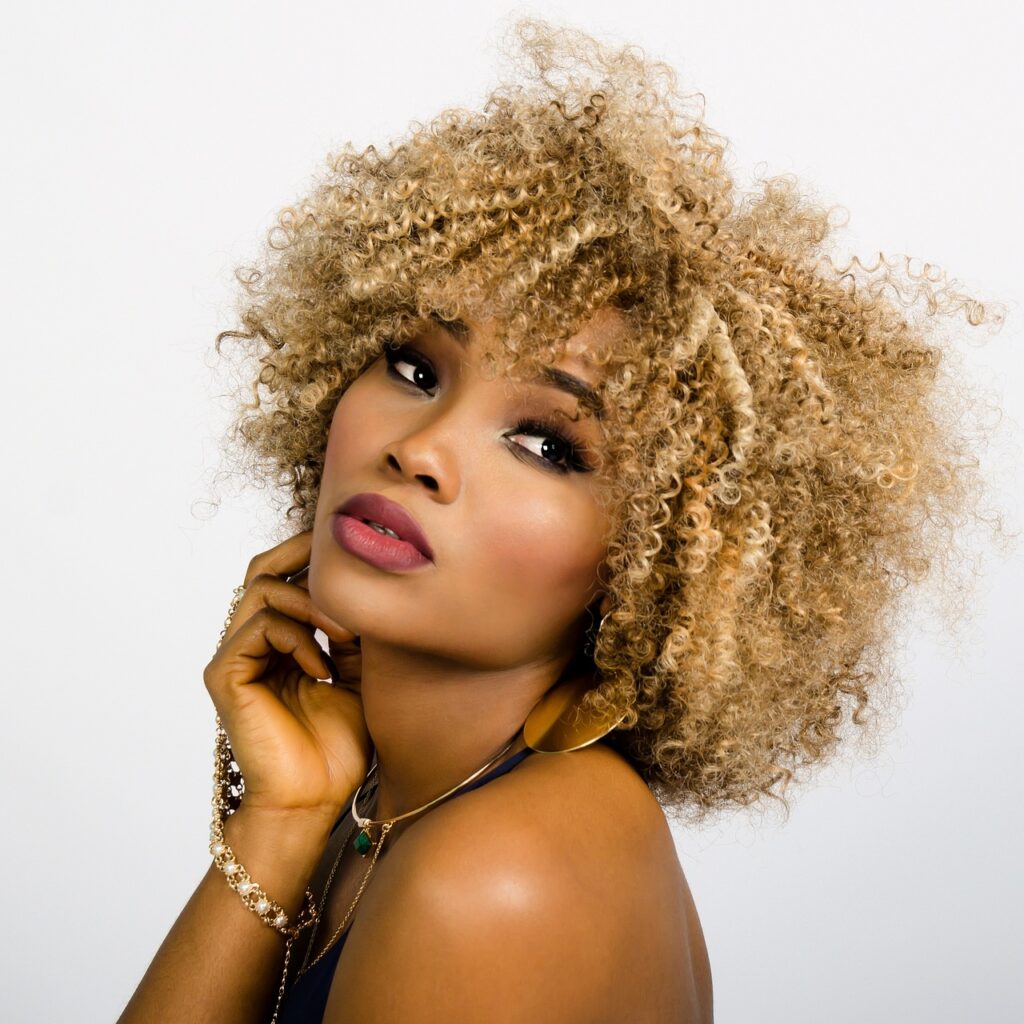
Coarse (Type C) Hair
Coarse hair (Type C) is known for its ability to hold curls very well, making it a great option for those who love textured styles. However, it can be difficult to style at times due to its less flexible nature. I’ve noticed that coarse hair tends to be more susceptible to frizz, especially in humid weather or if it’s not properly moisturized. Despite styling difficulties coarse hair demonstrates excellent ability to maintain its style without the loss of shape that occurs with other hair types.
Whats my hair type?Having coarse hair means you might need products that help control frizz and enhance flexibility. In my experience, finding the right combination of smoothing serums and leave-in conditioners can really help manage the natural texture and reduce frizz. Even though it can be tough to style, the ability of coarse hair to hold curls gives it a distinct advantage in certain looks.
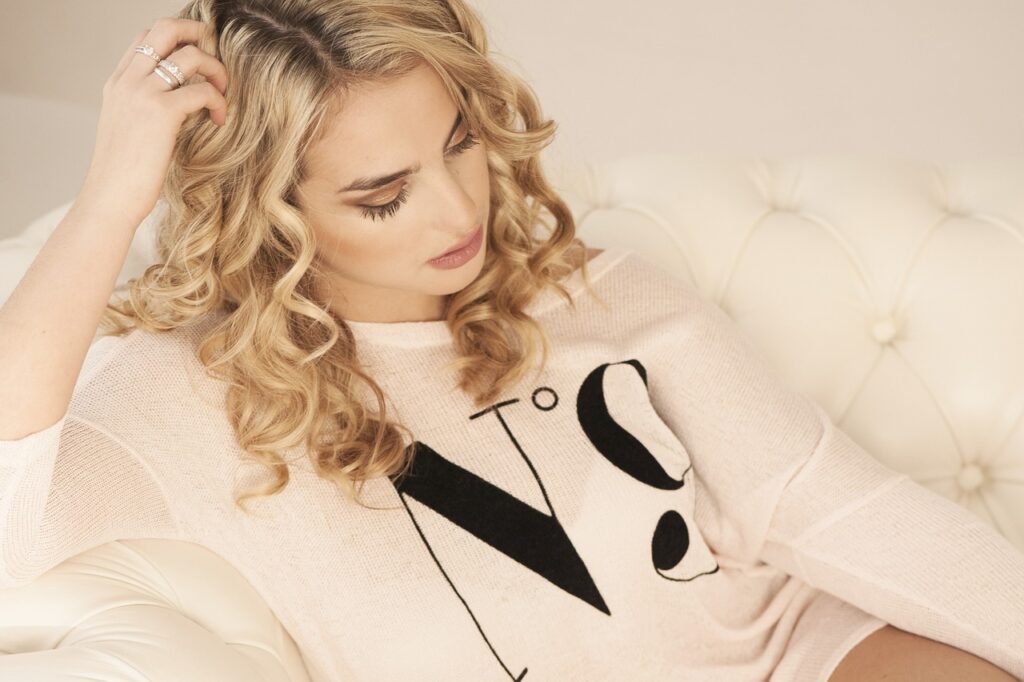
The Tactile Truth: Why Hair Texture Dictates Your Styling Fate
To identify your hair texture, you can try a simple test. Take a single strand of hair and gently roll it between your finger. If you don’t feel anything, then your hair is likely fine. If you can slightly feel the strand, your hair is probably medium,If you can clearly feel the strand, then your hair is coarse. This test is a great way to figure out your hair type, as it directly helps you understand the natural texture of your strands. In my experience, this method works really well because it helps me get a more accurate reading of my hair’s natural feel. It’s also a quick way to know whether I need to use lighter or heavier products to manage my hair texture effectively.
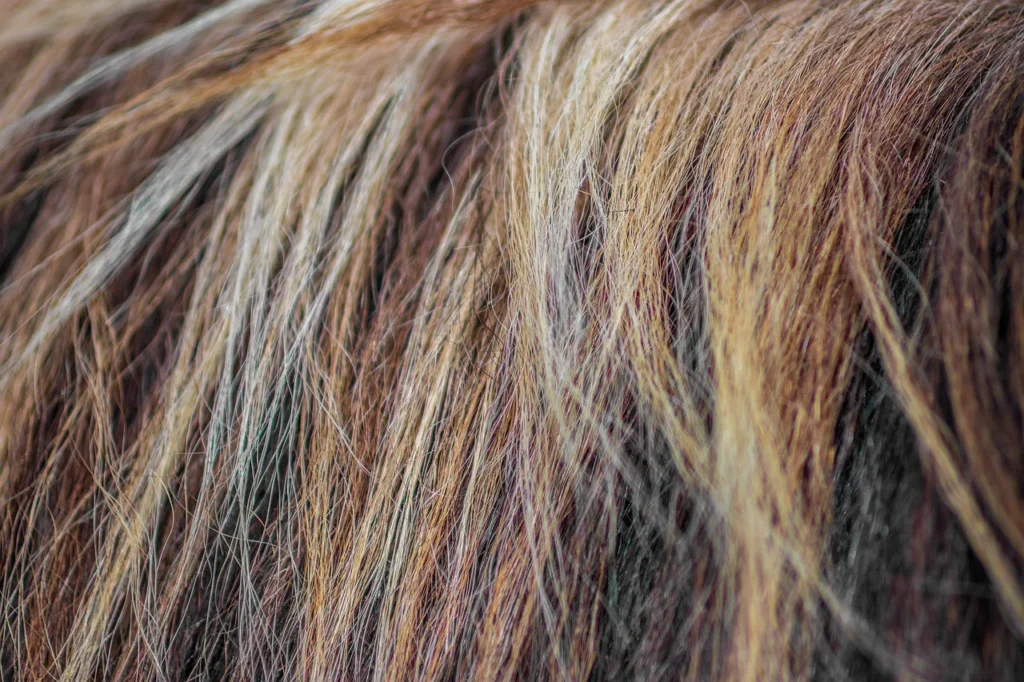
Stop Wasting Money on Hair Products: Know Your Type First
Whats my hair type?The hair type naming system takes into account both your hair structure and hair texture. This system helps you identify your hair type based on two main categories: texture (fine, medium, or coarse) and structure (straight, wavy, curly, or coily). For example, if your hair is wavy and fine, your hair type would be labeled as 2A. There is a chart that outlines the twelve hair types, making it easy to find your specific category.
The key categories help you determine if your hair is straight, wavy, curly, or coily, and whether it’s fine, medium, or coarse. For example, type 1A hair is very straight and fine, with no waves or curls at all. It tends to get oily quickly and needs frequent shampooing. This is the rarest hair type, mostly found in people of Asian descent. In contrast, type 1B hair is still straight but has more volume and bounce, and it’s slightly thicker than Type 1A. People with medium texture hair can expect it to hold curls better, allowing for more movement and texture. Moving up to Type 1C, the hair becomes coarser and thicker, often leading to frizzy hair. Even when air-dried, this hair type can look fuller and more tousled, but it often stays flat against the scalp and won’t hold curls for long due to its stubborn nature.
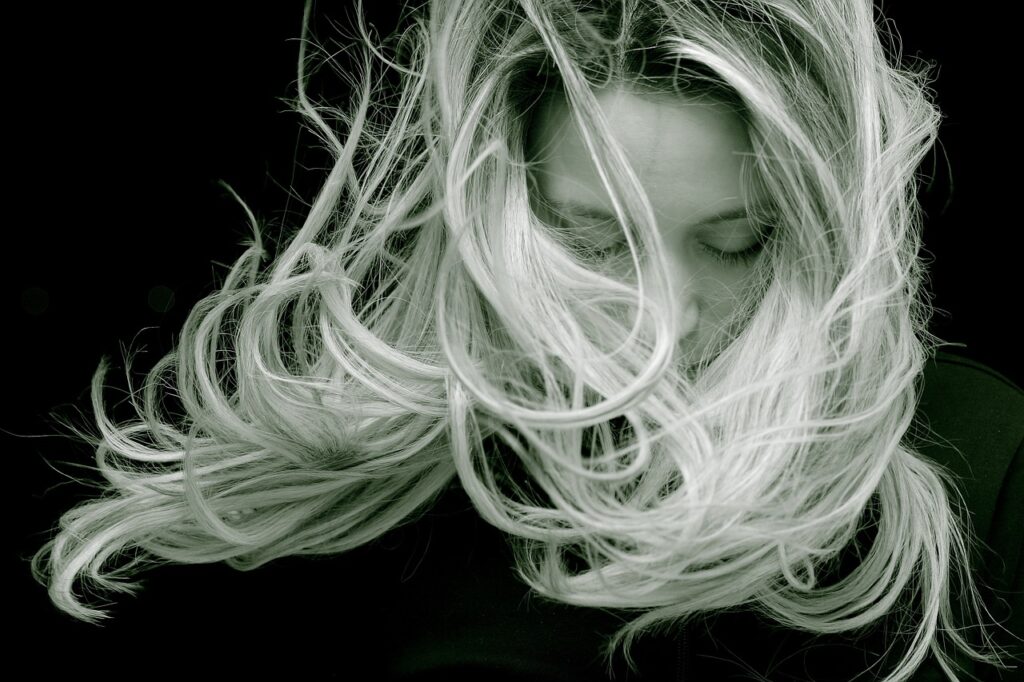
What’s my hair type:Hair Appearance
Whats my hair type?To identify your hair type, start by observing how your hair looks after it has air-dried, without any product. Is it straight with no curls, or does it form wavy s-shaped curves? Maybe you have curly hair with prominent and defined loops. Some people have tight curls that form spirals or coils, while others have undefined coils with more varied curls. It’s important to recognize which of these descriptions best fits your hair, as these characteristics help define your hair type.
Some people may notice that they have multiple curl patterns throughout their hair. If you find that your hair has multiple textures, you should focus on the pattern that is the most prominent to determine your main hair type. Remember, subqualities of your hair, like how tight or loose the curls are, can also help refine your hair classification into the main category of curls or coils.

What’s my hair type:Hair Structure
Whats my hair type? To understand your hair type, it’s important to test your hair structure. This can be done using the strand test method, which can be performed either by sight or touch. For this quiz, we’ll use the touch method as it allows for a more precise determination of the diameter of your hair. To do this, take a strand of hair and rub it between your fingers.
If you don’t feel anything and the strand feels very smooth, your hair is fine. On the other hand, if you can feel the strand slightly, then your hair type is medium. If your hair feels thick when you rub it between your fingers, it is coarse. Understanding this aspect of your hair helps you know which hair type you have more clearly.

What’s my hair type:Hair porosity
When it comes to understanding your hair porosity, it’s essential to know how well your hair can absorb moisture and how it interacts with natural ingredients. The way your hair interacts with moisture and protein absorption determines its health status so understanding your porosity remains essential for hair wellness. Knowing your hair porosity helps you choose the right hair products for your specific needs.
There are three main types of hair porosity: low porosity, balanced porosity, and high porosity. People with low porosity hair may find their hair takes a long time to dry, even with a blow dryer or other heat sources. It can also have difficulty absorbing hair care products. On the other hand, balanced porosity hair is easy to manage, holds a natural bounce, and is easy to style without using a large amount of product.
Whats my hair type?For those with high porosity, your hair tends to dry quickly, and moisture can leave just as easily as it is absorbed. This type of hair usually needs a large quantity of product to stay moisturized and may occasionally fizz. A simple way to test your hair porosity is the float test. Place a strand of your hair in a glass of room temperature water. If the hair floats, you likely have low porosity hair. If it sinks slowly, it may indicate even porosity, and if it sinks immediately, it points to high porosity hair. You can also spray water on your hair and observe how long it takes to be absorbed—quick absorption typically means high porosity hair.
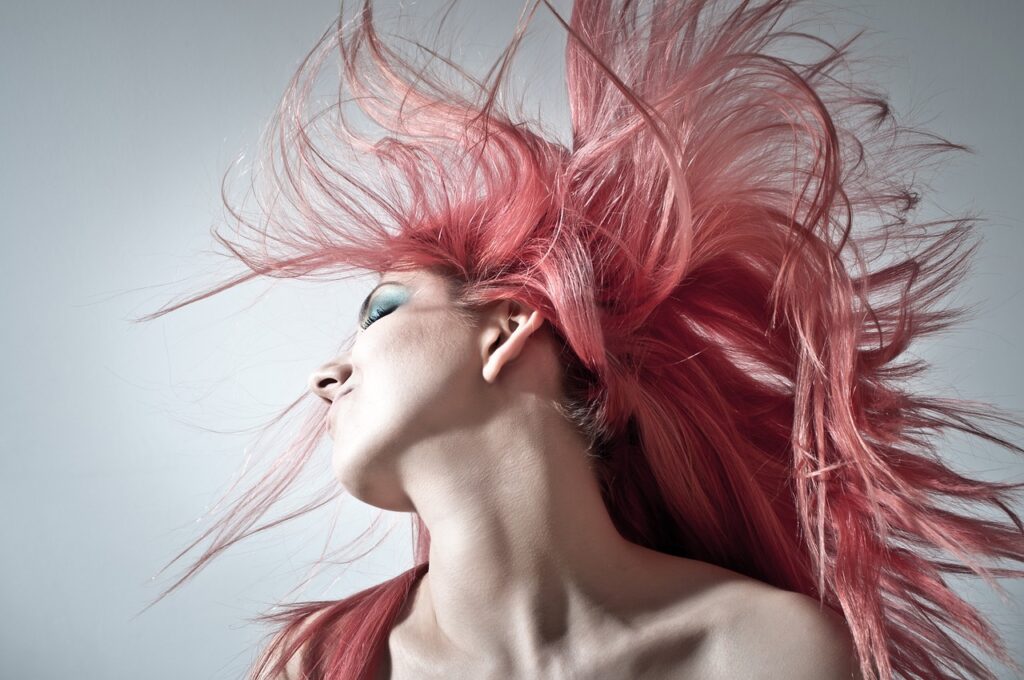
Beyond the Surface: The Secret Influence of Scalp Hydration
Understanding your scalp moisture is crucial to knowing your hair type. First, you should ask yourself whether your scalp feels dry, oily, or balanced. If your scalp is dry and feels itchy, it could be due to a lack of sebum, a wax-like substance that helps prevent brittleness and breakage. On the other hand, an oily scalp tends to feel greasy. This might be due to an overproduction of sebum, which can attract dirt and cause a chemical reaction that irritates your scalp, leading to dandruff. If your scalp feels balanced, it means your scalp has an even amount of oil production.
Knowing your scalp’s condition can help you take better care of your hair, as it affects how your hair grows, behaves, and thrives. Many people rely on systems like the Andre Walker hair type system, which is great for categorizing different hair textures and patterns, especially when it comes to curly hair. While this system is both unifying and divisive within the curly hair community, it’s a useful guide to understanding your unique hair type and customizing your hair care routine.
For example, the hair around the nape might be finer, straighter, or even curlier than the hair around your crown. It’s also possible for a person’s hair to have different hair textures growing from the same scalp. When identifying your dominant hair type, don’t forget to adjust your care routine as needed for different parts of your head. This will help you moisturize your natural hair properly, ensuring healthy growth and strength.
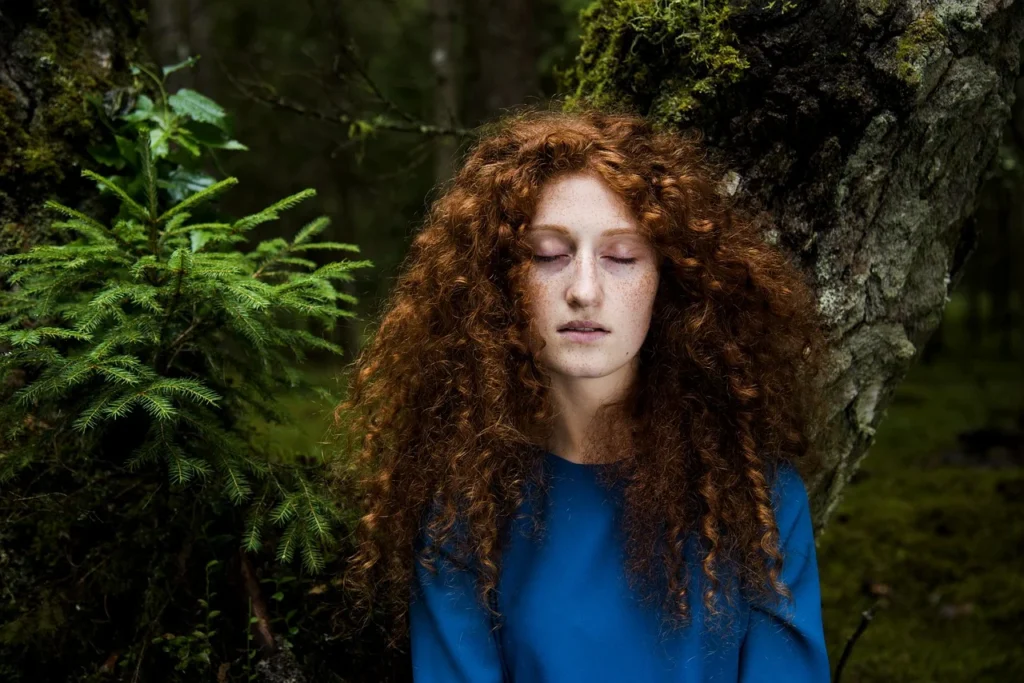
What’s my hair type: Cracking the code
.
Understanding your natural curl shape and pattern is best done when your hair is wet, as it reveals the true structure and texture of your hair.Understanding your hair type is more than just knowing if it’s straight or curly. It’s about discovering the texture, shape, and thickness of your hair, which determines how your strands behave and how to best care for them. The Walker hair type system is a great way to break it down into simpler categories. It uses a combination of letters and numbers to identify your unique hair texture.
The numbers in the system refer to your curl pattern: whether your hair is straight, wavy, curly, or coily. Each of these patterns has different characteristics. For instance, straight hair tends to lie flat, while curly or coily hair will have more defined shapes. The letters refer to the width or diameter of your curls. For example, A represents a wide curl, B stands for medium, and C indicates tight curls. This system can help you understand your natural hair shape better and decide what styling techniques and products work best for you.
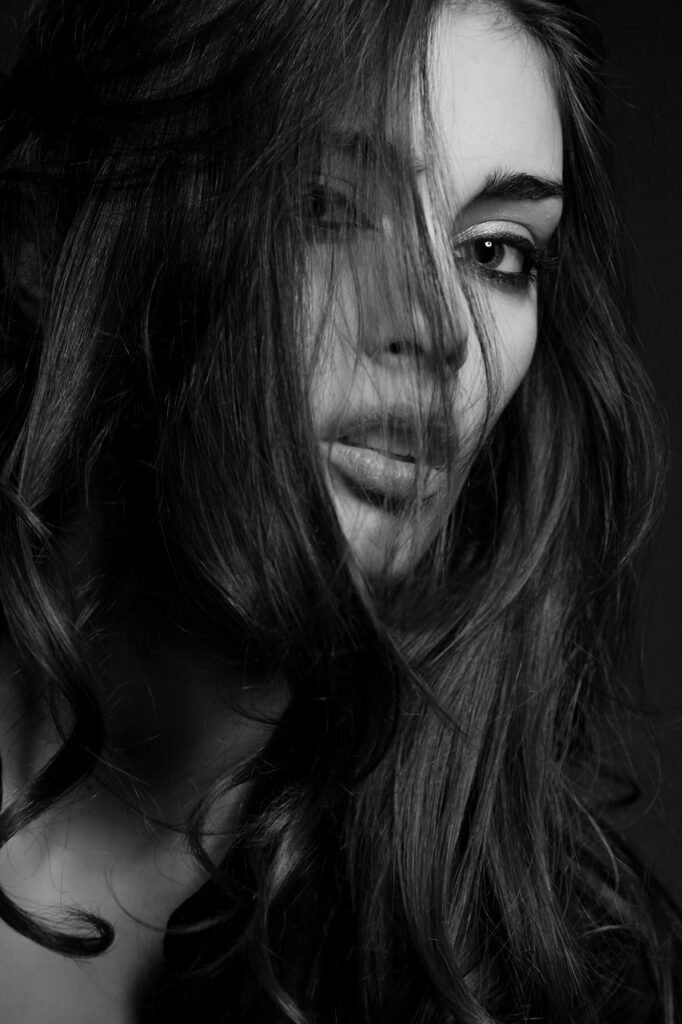

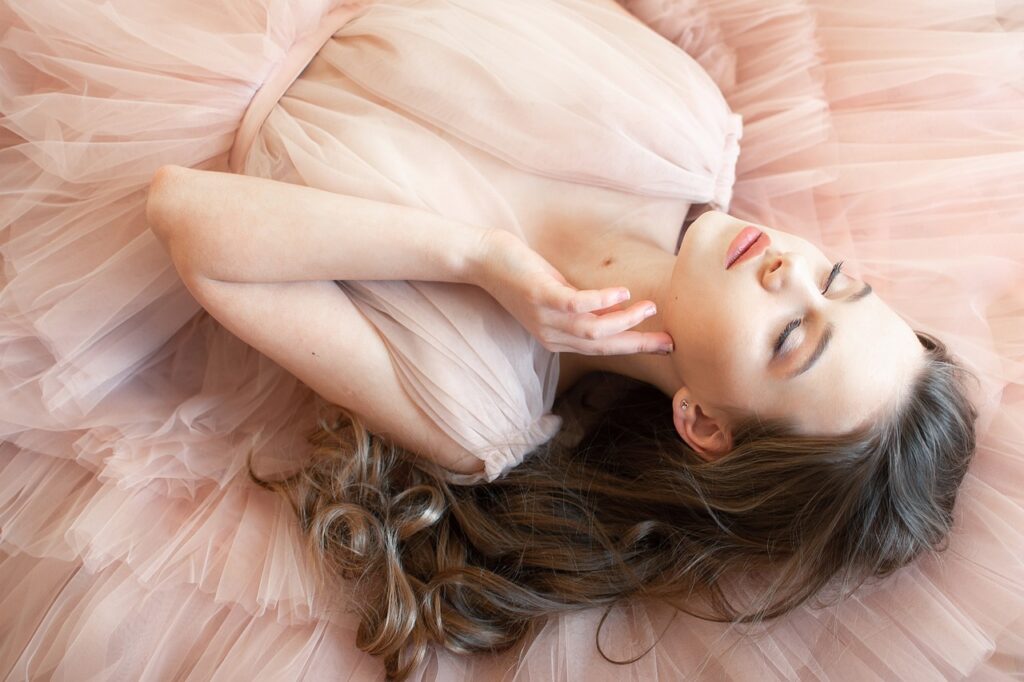
Pingback: “Hair Serum: Benefits and uses for Healthy, Shiny Hair” - strandzy.shop
Pingback: Best Hair Wave Wands for Perfect Curls:Get Your Now - strandzy.shop